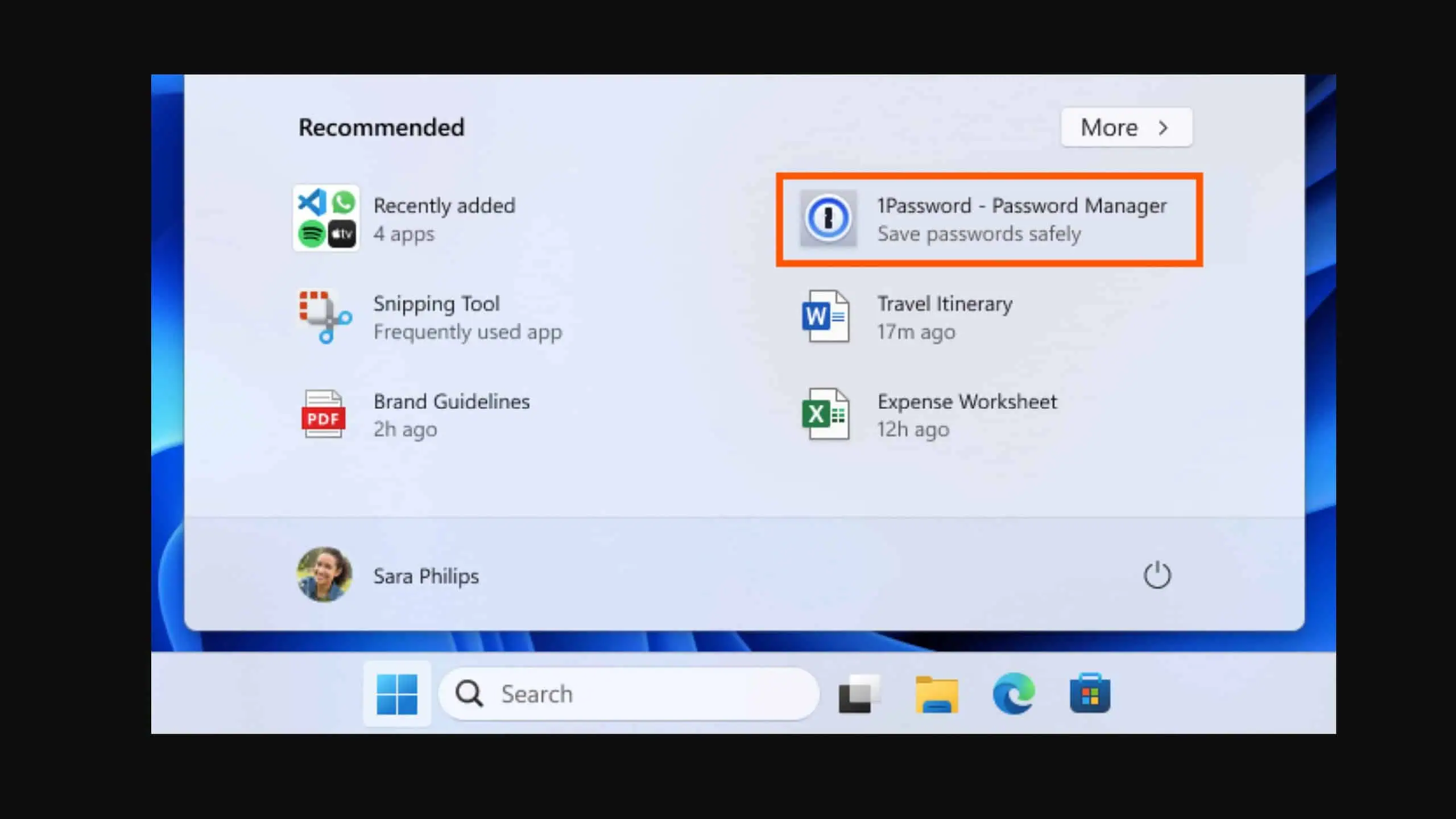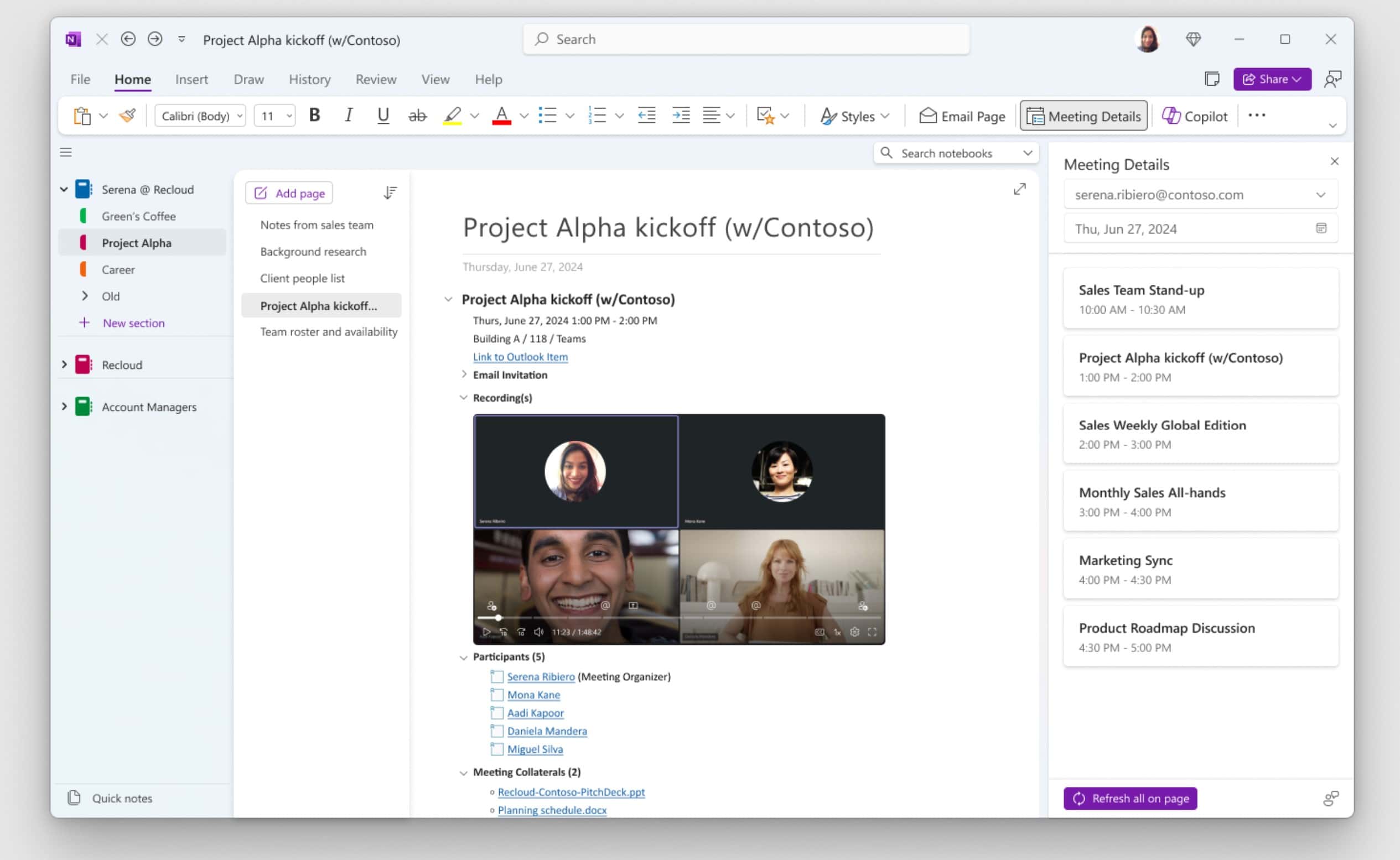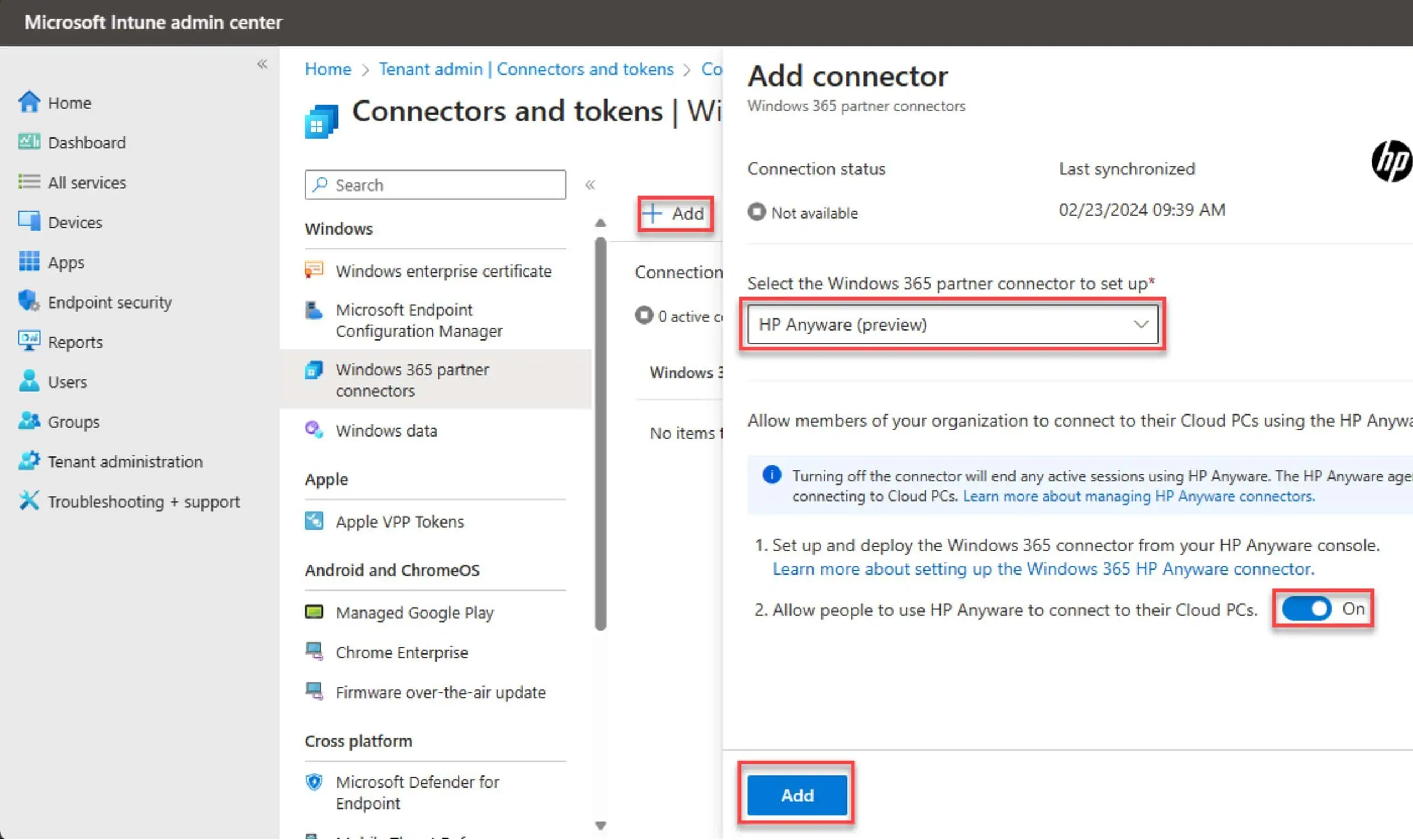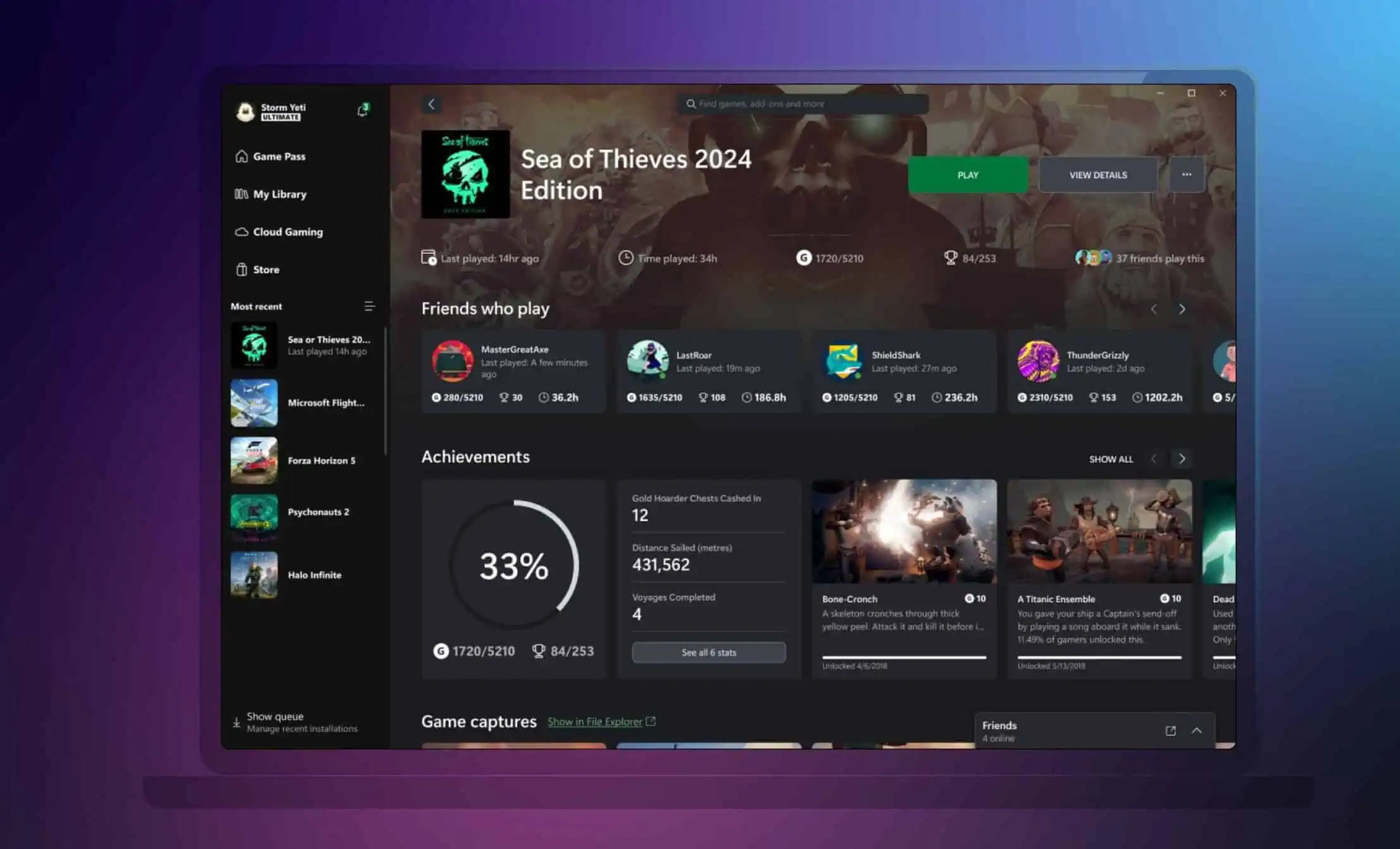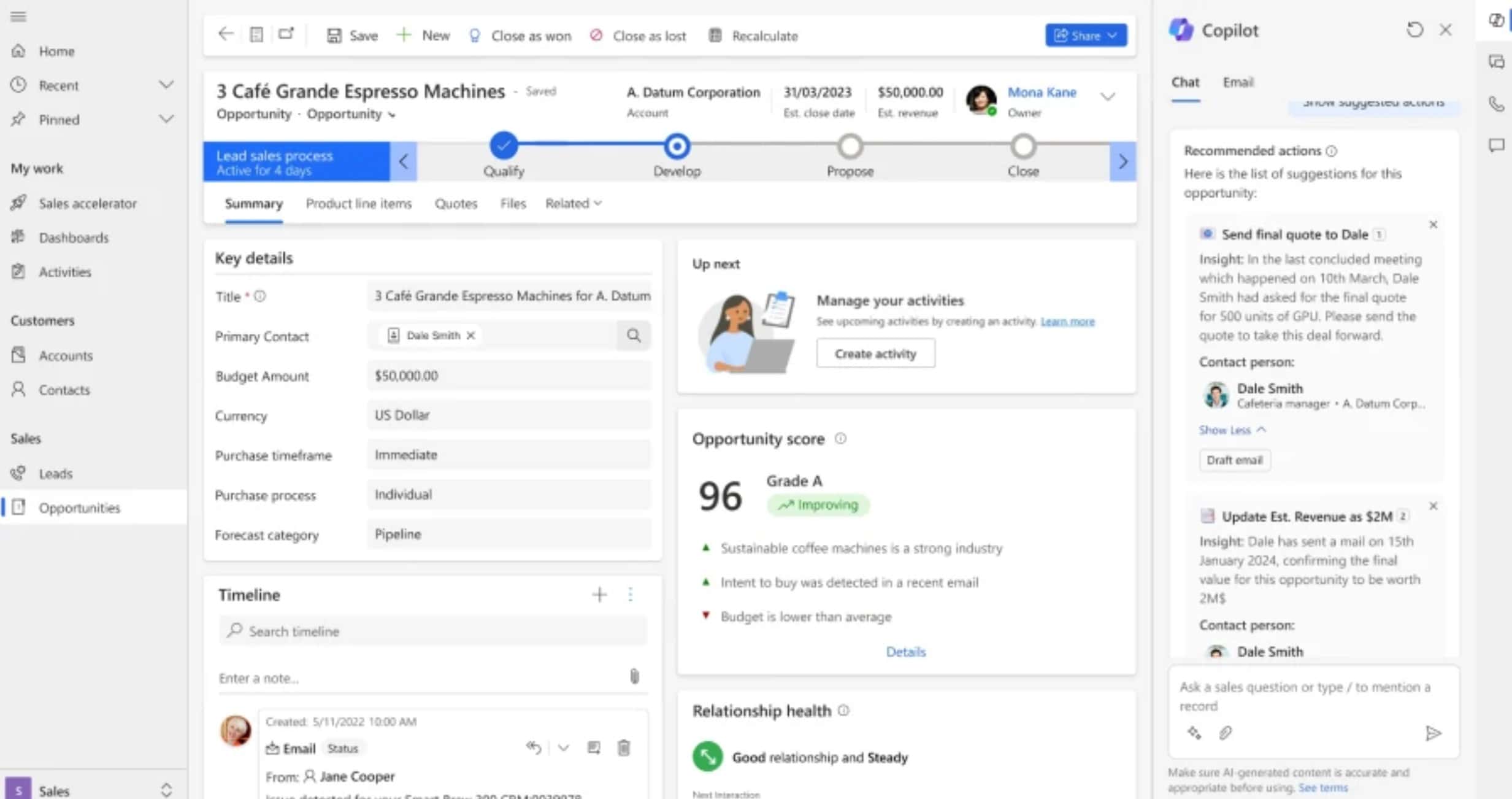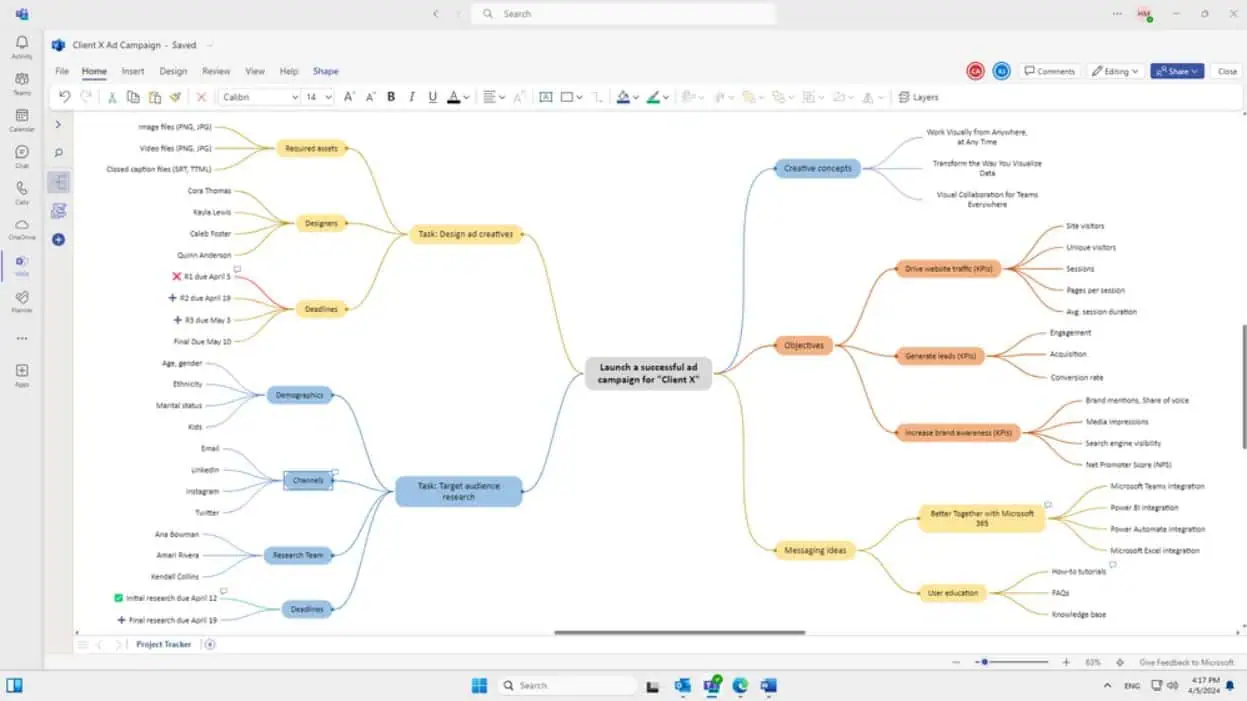Microsoft Speaks About Cloud Computing Capabilities Of Xbox One
3 min. read
Published on
Read our disclosure page to find out how can you help MSPoweruser sustain the editorial team Read more
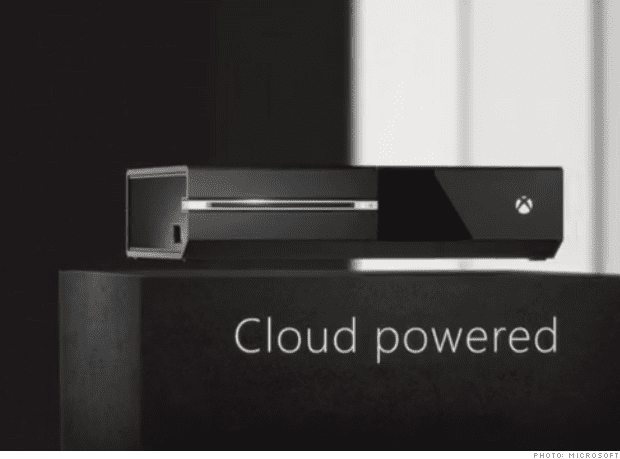
Ars Technica recently sat down with General Manager of Redmond Game Studios and Platforms Matt Booty to ask some questions about the Xbox One and cloud computing. Booty what “latency-insensitive computation” support from the cloud for the Xbox One means exactly.
“Things that I would call latency-sensitive would be reactions to animations in a shooter, reactions to hits and shots in a racing game, reactions to collisions,” Booty said. “Those things you need to have happen immediately and on frame and in sync with your controller. There are some things in a video game world, though, that don’t necessarily need to be updated every frame or don’t change that much in reaction to what’s going on.
One example of that might be lighting,” he continued. “Let’s say you’re looking at a forest scene and you need to calculate the light coming through the trees, or you’re going through a battlefield and have very dense volumetric fog that’s hugging the terrain. Those things often involve some complicated up-front calculations when you enter that world, but they don’t necessarily have to be updated every frame. Those are perfect candidates for the console to offload that to the cloud—the cloud can do the heavy lifting, because you’ve got the ability to throw multiple devices at the problem in the cloud.”
A rule of thumb we like to use is that [for] every Xbox One available in your living room we’ll have three of those devices in the cloud available.”
There are many things that can be handled in the cloud without adding any lag to actual game play, such as physics modeling, fluid dynamics, and cloth motion. Over time this will become more important as Microsoft’s server resources will outpace the local resource sin the Xbox One.
Booty did mention the developers would need to learn how to properly incorporate the cloud resources into their games to maintain a seamless experience.
“Without getting too into the weeds, think about a lighting technique like ambient occlusion that gives you all the cracks and crevices and shadows that happen not just from direct light. There are a number of calculations that have to be done up front, and as the camera moves the effect will change. So when you walk into a room, it might be that for the first second or two the fidelity of the lighting is done by the console, but then, as the cloud catches up with that, the data comes back down to the console and you have incredibly realistic lighting.”
Game developers have always had to wrestle with levels of detail… managing where and when you show details is part of the art of games.” One of the exciting challenges going forward is a whole new set of techniques to manage what is going to be offloaded to the cloud and what’s going to come back.”


